Cultural Fusion Cuisine: The Next Big Wave in Global Food Trends
Reading Time : 5 min
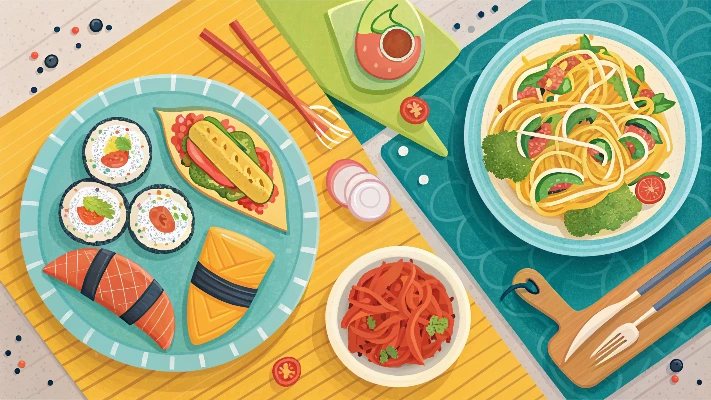
Cultural Fusion Cuisine: The Next Big Wave in Global Food Trends
Food has always been more than nourishment—it is a reflection of culture, history, and human connection. In 2025, a powerful trend is reshaping global dining: cultural fusion cuisine.
By blending flavors, techniques, and traditions from different parts of the world, chefs and innovators are creating dishes that are not only delicious but also symbolic of a more interconnected, multicultural world. This movement is quickly becoming the next big wave in global food trends.
What is Cultural Fusion Cuisine?
Cultural fusion cuisine is the art of combining culinary elements from different cultures to create new, innovative flavors. Unlike traditional food, which often stays rooted in regional practices, fusion dishes celebrate diversity and experimentation. Whether it’s sushi tacos, Indian-inspired pizza, or French desserts infused with Asian flavors, fusion cuisine offers a new kind of culinary storytelling—one that reflects globalization, migration, and cultural exchange.
A Reflection of Globalization
As travel, migration, and digital connectivity bring cultures closer, food has become one of the most accessible ways to experience diversity. Restaurants and home cooks alike are blending ingredients from different regions to meet the growing appetite for variety and novelty. This culinary experimentation mirrors how societies today embrace multiculturalism and the blending of identities.
Why Fusion Cuisine is Gaining Popularity
Diversity of Flavors: Diners seek adventurous experiences that go beyond traditional dishes.
Social Media Influence: Instagram and TikTok amplify creative dishes, fueling global curiosity.
Health & Sustainability: Fusion cuisine often experiments with plant-based alternatives, local sourcing, and eco-friendly practices.
Cultural Storytelling: Each fusion dish represents a dialogue between traditions, creating a shared experience.
This mix of cultural authenticity and innovation is what makes fusion food so appealing to modern consumers.
The Role of Chefs as Cultural Innovators
Today’s chefs are not just cooks; they are cultural ambassadors. They experiment with spices, techniques, and ingredients from around the world, creating dishes that tell stories of migration, trade, and cultural blending. By reimagining tradition, these chefs are helping people experience other cultures through taste—bridging gaps and sparking curiosity.
Fusion in Everyday Dining
Fusion is no longer limited to high-end restaurants. Food trucks, cafés, and even home kitchens are experimenting with bold combinations. Popular examples include:
Korean-Mexican BBQ tacos
Mediterranean-inspired sushi rolls
Indian-spiced burgers
Matcha-flavored French pastries
These creative dishes are making fusion cuisine part of daily dining habits, appealing to younger generations who value diversity and creativity in food.
The Future of Global Food Trends
As cultural fusion cuisine continues to grow, it will redefine the global food industry. Restaurants will adapt menus to cater to adventurous eaters, while food brands will innovate with cross-cultural flavors to meet consumer demand. More importantly, fusion food will serve as a celebration of global unity—proof that when cultures come together, something extraordinary is created.
More Than a Trend—A Culinary Movement
Cultural fusion cuisine is not just a passing fad—it represents the future of food. By blending tradition with innovation, it reflects how societies evolve and how cultures connect.
The next big wave in global food trends is not only about what’s on the plate—it’s about the stories, values, and creativity that fusion cuisine brings to the world table.
Our Latest Awards
-
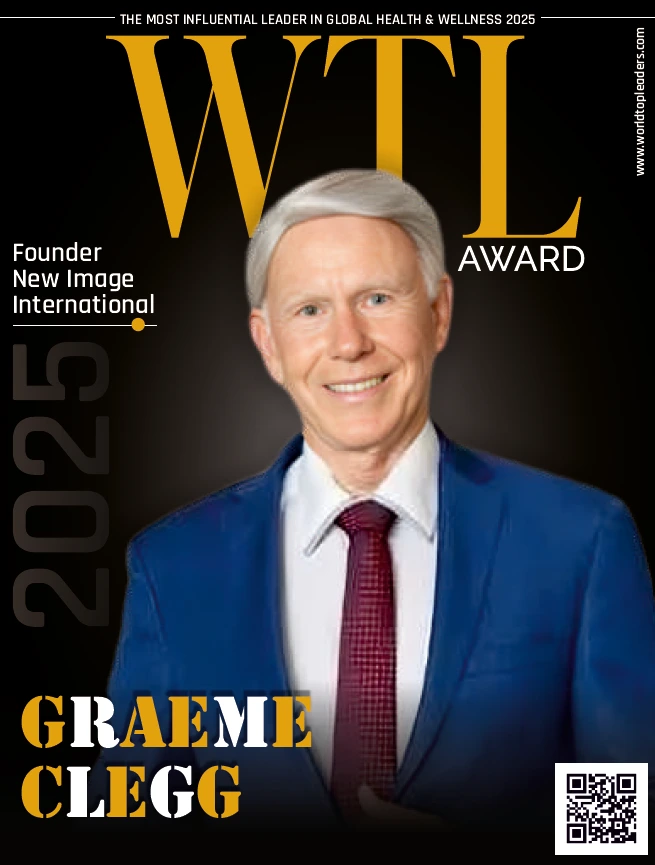 The Most Influential Leader in Global Health & Wellness 2025
The Most Influential Leader in Global Health & Wellness 2025 -
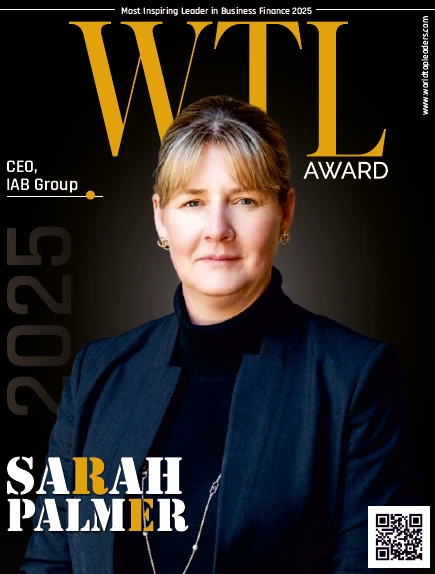 Most Inspiring Leader in Business Finance 2025
Most Inspiring Leader in Business Finance 2025 -
 Most Inspiring Leader in Digital Transformation
Most Inspiring Leader in Digital Transformation -
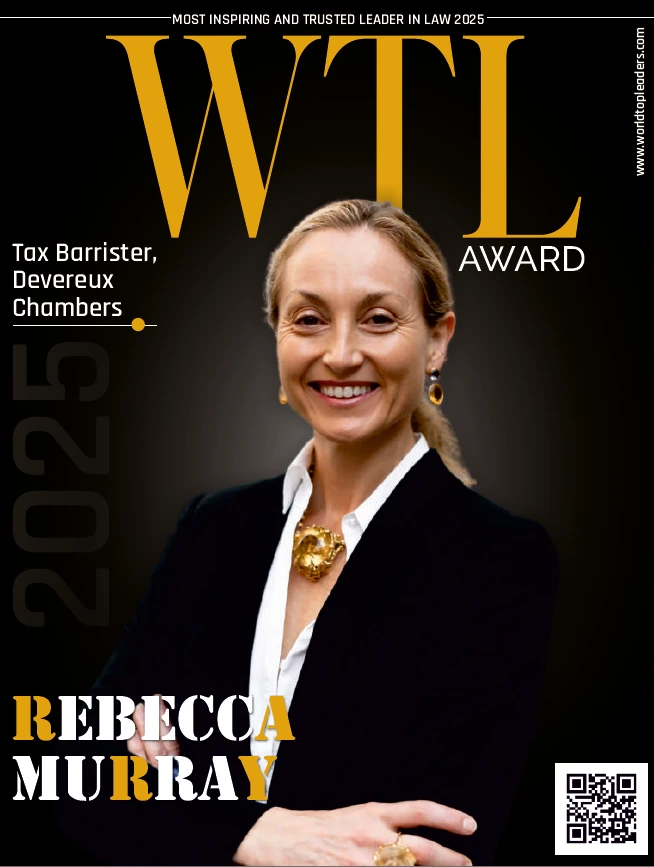 Most Inspiring and Trusted leader in Law 2025
Most Inspiring and Trusted leader in Law 2025 -
 Most Transformational and Empowering Leader in Architecture 2025
Most Transformational and Empowering Leader in Architecture 2025 -
 Most Empowering Leader in Clinical Research & Global Impact 2025
Most Empowering Leader in Clinical Research & Global Impact 2025 -
 Most Influential Global Voice in Emotional & Creative Leadership – 2025
Most Influential Global Voice in Emotional & Creative Leadership – 2025 -
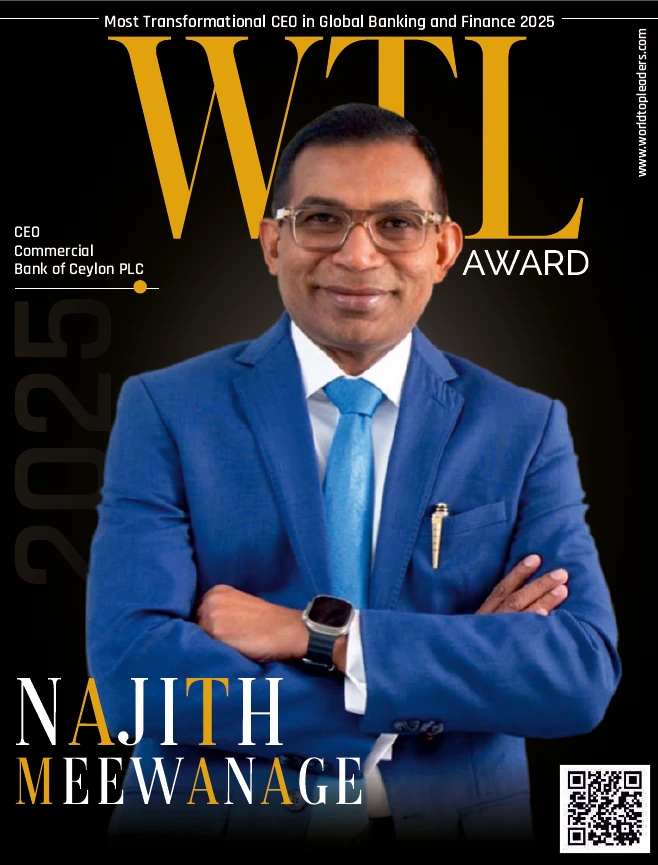 Most Transformational CEO in Global Banking and Finance – 2025
Most Transformational CEO in Global Banking and Finance – 2025 -
 Most Promising and Trusted Anti-Aging & Preventive Healthcare Brand of 2025
Most Promising and Trusted Anti-Aging & Preventive Healthcare Brand of 2025 -
 Most Inspiring and Trusted Global Impact Leader of the year 2025
Most Inspiring and Trusted Global Impact Leader of the year 2025 -
 MOST TRANSFORMATIONAL BUSINESS PERSONALITY OF THE YEAR 2025
MOST TRANSFORMATIONAL BUSINESS PERSONALITY OF THE YEAR 2025 -
 MOST ADMIRABLE HEALTHCARE LEADER OF THE YEAR 2025
MOST ADMIRABLE HEALTHCARE LEADER OF THE YEAR 2025 -
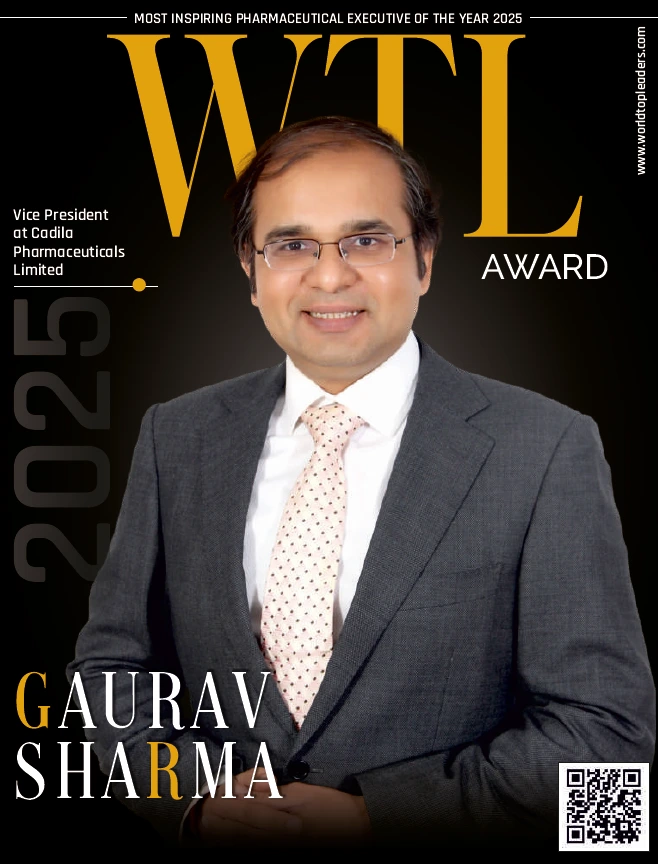 MOST INSPIRING PHARMACEUTICAL EXECUTIVE OF THE YEAR 2025
MOST INSPIRING PHARMACEUTICAL EXECUTIVE OF THE YEAR 2025
